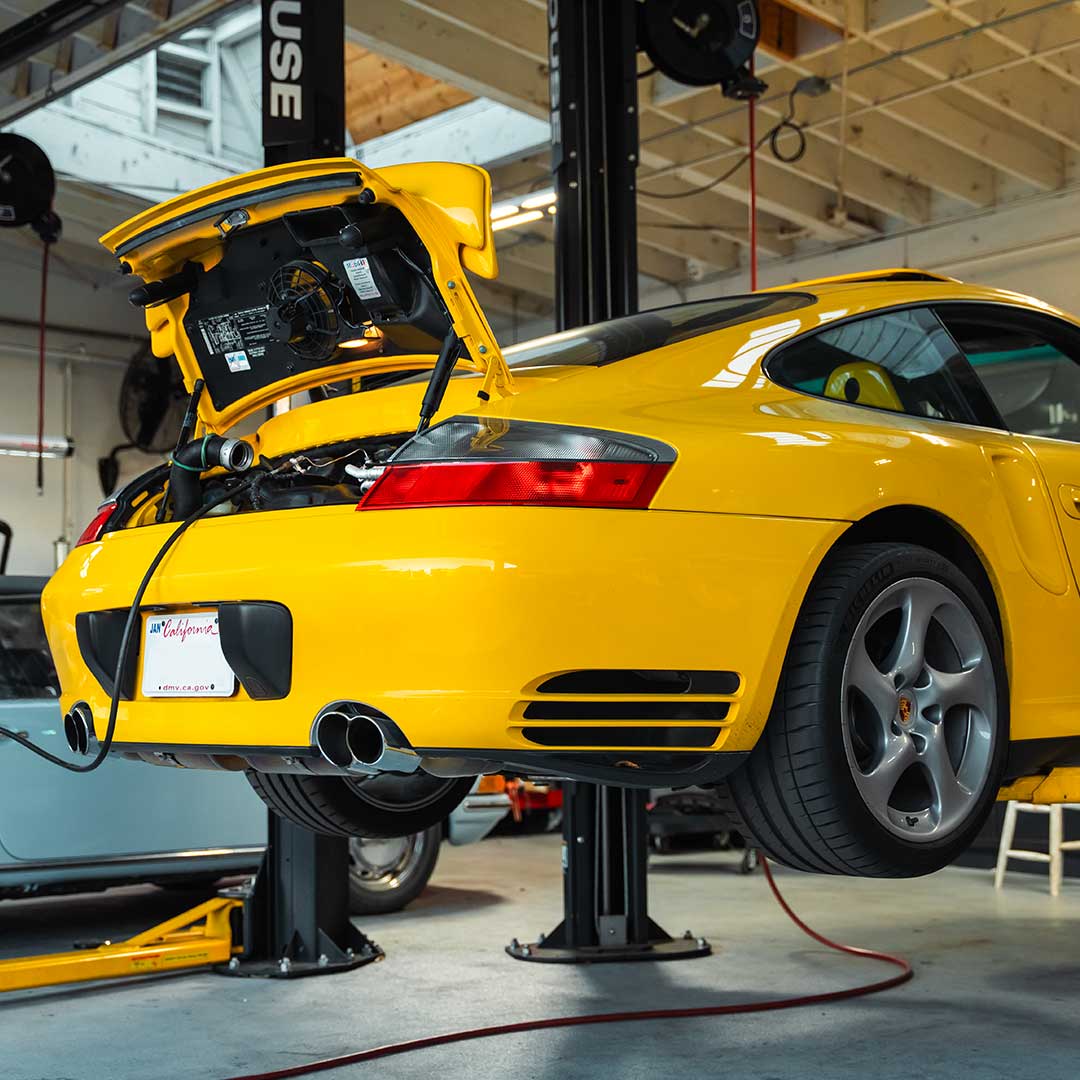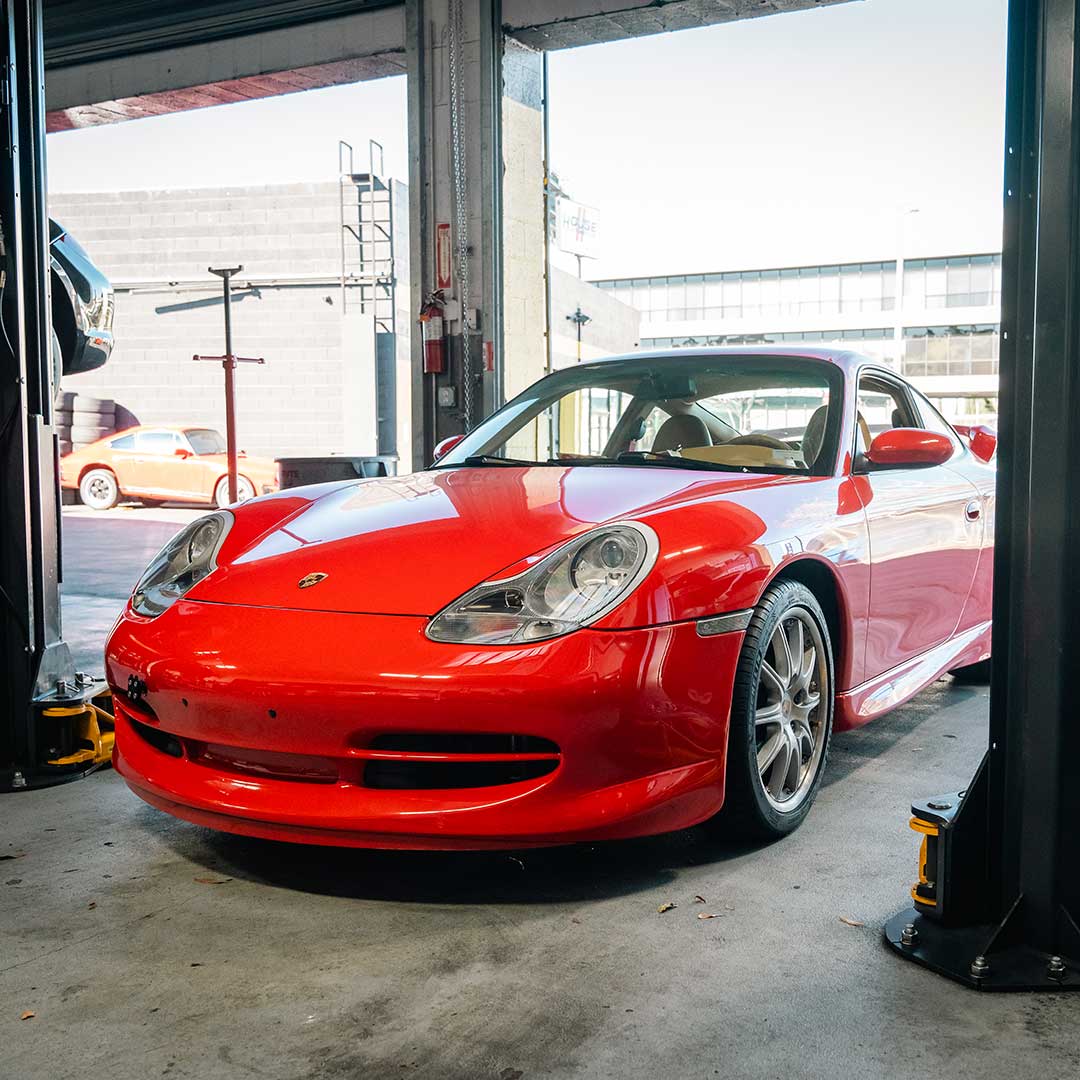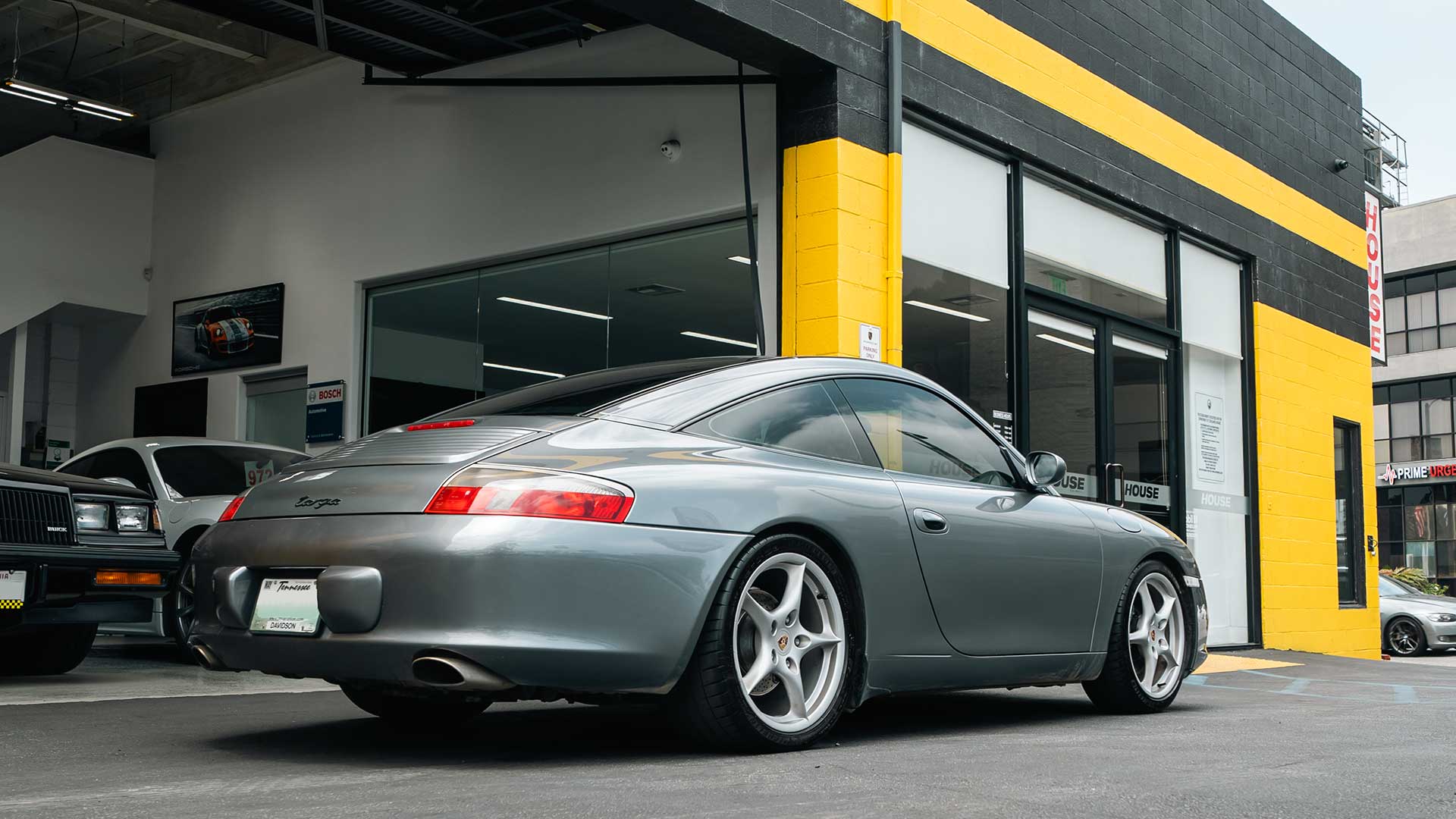Porsche 996 IMS Bearing: A Technical Deep Dive
The Porsche 996 is one of the best entry points into 911 ownership, delivering a balance of performance and value that’s hard to beat. But if there’s one thing that lingers over its reputation, it’s the intermediate shaft (IMS) bearing. While not every 996 is destined for failure, the IMS issue is something every owner or potential buyer needs to understand: how it works, why it fails, and how to prevent a costly engine meltdown.
The IMS Bearing: Why It Fails and What Goes Wrong
The intermediate shaft (IMS) bearing plays a crucial role in Porsche’s M96 and early M97 engines, transferring power to the camshafts via a chain system. Unfortunately, Porsche designed the IMS bearing as a sealed unit, meaning it doesn’t receive continuous lubrication from engine oil like other components. This flaw is the root cause of many IMS failures.
Common IMS Bearing Failure Points
| IMS Failure Stage | Description | Warning Signs |
|---|---|---|
| Stage 1: Lubrication Breakdown | The factory IMS bearing is pre-greased and sealed from engine oil. Over time, the grease breaks down, and without fresh lubrication, the bearing starts to wear prematurely. |
|
| Stage 2: Seal Deterioration | In some cases, the IMS bearing's seal fails, allowing engine oil to enter. Instead of helping, dirty oil contaminates the bearing and accelerates wear. |
|
| Stage 3: Excessive Play | As the bearing wears, it can develop excessive play, leading to camshaft timing issues, chain slack, and eventual failure. |
|
| Stage 4: Catastrophic Failure | If the bearing fully fails, metal debris can be sent through the engine, often leading to complete engine destruction. At this stage, an expensive rebuild or replacement is the only option. |
|
Which Porsche Models Have IMS Issues?
If you’re shopping for a Porsche 911, Boxster, or Cayman from the late ‘90s to mid-2000s, it’s important to know which models have IMS concerns, and to always have an in-depth pre-purchase inspection scheduled.
Affected Porsche Models
| Model Range | IMS Status | Details |
|---|---|---|
| 1999–2004 Porsche 911 (996.1 & 996.2) | Affected |
|
| 2005–2008 Porsche 911 (997.1) | Partially Affected |
|
| 1997–2004 Porsche Boxster (986) | Affected |
|
| 2005–2008 Boxster & Cayman (987.1) | Partially Affected |
|
| Turbo Models (996 Turbo/GT2/GT3) | Not Affected |
|
| 2009+ 911 (997.2 and newer) | Not Affected |
|
Early Warning Signs of IMS Bearing Failure
One of the most frustrating aspects of IMS failure is that it often happens without warning. However, some subtle indicators can suggest trouble is brewing:
Metal Debris in the Oil – Small metallic flecks (like silver glitter) in the oil filter or drain plug are a warning sign.
Intermittent Check Engine Light – If camshaft timing is off, it may trigger a CEL.
Unusual Engine Noises – A rattling or knocking sound from the rear of the engine could be a failing bearing.
Even with these signs, failure can still be sudden, so proactive maintenance is the best defense.

How to Prevent IMS Bearing Failure
If you own a 996 (or an early 997, Boxster, or Cayman), taking steps to eliminate the IMS risk is essential. One of the most common preventative measure is to either upgrade or completely eliminate the IMS Bearing. LN Engineering and European Parts Solutions (EPS) both make kits that offer these prevention upgrades.
| Prevention Method | Description | Key Points |
|---|---|---|
| IMS Bearing Upgrade | Replace the factory IMS bearing with an improved aftermarket solution |
|
| Regular Maintenance | Implement strict maintenance schedule to monitor bearing health |
|
| Proper Driving Habits | Maintain driving patterns that promote proper bearing lubrication |
|
| Strategic Replacement | Time IMS replacement with other major services |
|

What Does IMS Replacement Cost?
IMS bearing replacement isn’t cheap, but it’s far less expensive than an engine rebuild. Expect to pay:
- $1,500–$3,000 for parts and labor, depending on the shop and region.
- 10-14 hours of labor, since the transmission and flywheel must be removed.
Additional Services to Consider During IMS Replacement:
- Clutch Replacement – If the clutch is worn, it’s cost-effective to replace it at the same time.
- Rear Main Seal (RMS) – A common leak point worth addressing while the transmission is out.
- Water Pump & Thermostat – Preventative replacement helps avoid overheating issues.
Buying a 996? What You Need to Know About IMS Bearings
If you’re in the market for a Porsche 996, knowing its IMS status is crucial. Before buying:
- Check for IMS Bearing Replacement – Ask for records proving an upgrade has been done.
- Get a Pre-Purchase Inspection (PPI) – Have a Porsche specialist check the IMS and overall engine condition.
- Know the Model Year Differences:
- 1997–1999 – Equipped with a dual-row IMS bearing (lower failure rate).
- 2000–2005 – Uses a single-row bearing (higher failure rate).
- 2006–2008 – Larger redesigned bearing (more reliable but still worth monitoring).
Common IMS Myths
- Not all IMS bearings fail – Some cars have lasted well over 100k miles with the original bearing.
- Failure rates vary – Single-row bearings are more failure-prone than dual-row versions.
- Driving habits matter – Cars that are driven regularly and serviced well tend to have fewer IMS issues.

HOUSE AUTOMOTIVE HAS YOUR BACK
The Porsche 996 remains an incredible sports car, offering raw driving engagement, classic 911 styling, and serious performance for the money. While the IMS bearing issue is real, it’s also manageable with the right approach. Whether you’re already an owner or shopping for one, taking proactive steps—inspecting, upgrading, or monitoring the IMS bearing—can ensure years of trouble-free driving.
If you’re looking for expert Porsche maintenance or an IMS upgrade, contact HOUSE Automotive to schedule a consultation today.
